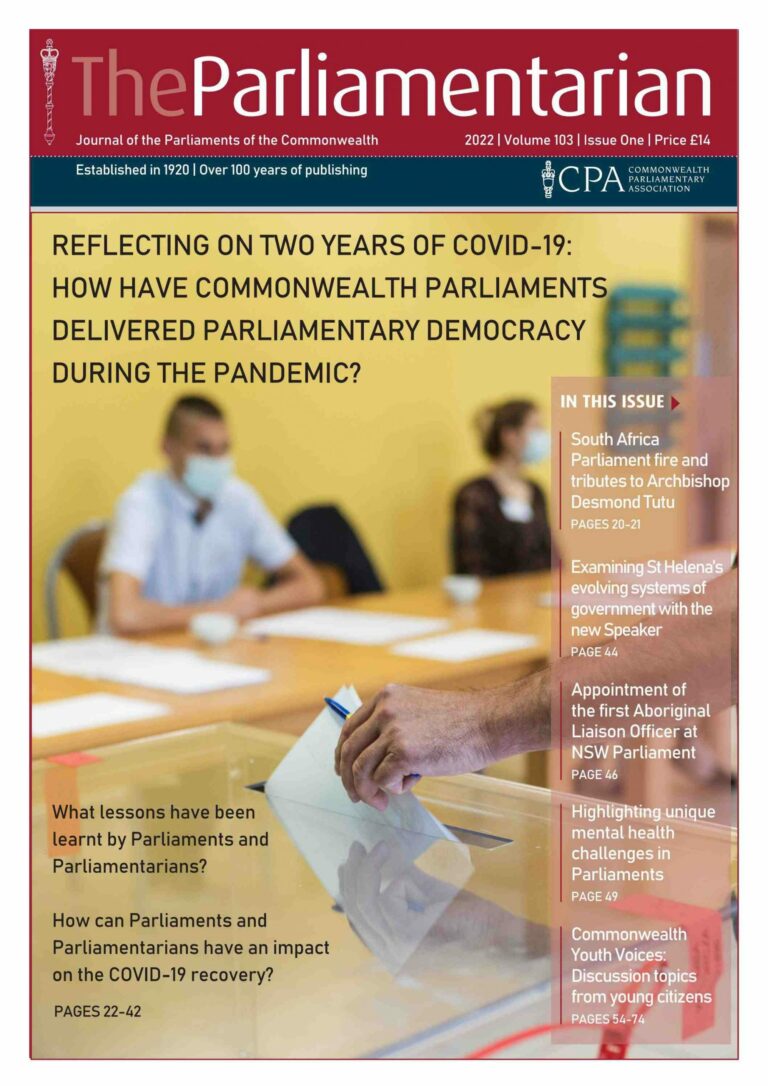5 Ways Brands Can Create a “Glocal” Marketing Strategy
Sebastien is VP Sales North America for Wedia, a provider of Enterprise Digital Asset Management (DAM) solutions.
When it comes to marketing your product or service globally, there is no one-size-fits-all. One key difference between a brand that succeeds in navigating the global market and a brand that fails is tested by how it manages its marketing campaigns to suit a local audience.
For example, in 2022, only 1.5 billion people will speak English as a native or second language. Running a global campaign where all your marketing messages are limited to English means missing out on the opportunity to connect with over 6.5 billion potential customers.
To successfully navigate global markets, brands must ensure that they have a strong global geographic – or “glocal” – sales strategy. Here we look at five ways brands can create a true glocal marketing strategy.
1. Identify local cultural norms and constraints.
Looking at different cultures is about understanding how and why there are differences. Such research from Richard D. Lewis, a communications expert and sociologist, shows how culture can be classified into three categories of behavior: more active (favoring emotion), reactive (more passive) and linear-active (less emotional).
The first step in creating a glocal marketing strategy is to identify unique trends within your market and identify potential challenges. Understanding important questions such as “How big is the market in that country?” or “What percentage of that country falls within our target audience?” It will be important to adapt your marketing strategy to a global audience.
Finally, the important question of the languages spoken in that country is important. In addition, socialization is not only about language but understanding of cultural differences. For example, the perception of color or the meaning of numbers will differ in Chinese versus western culture, and humor that works in French may fall flat in German.
2. Create a localized marketing strategy.
Establishing a successful business in the foreign market means creating a message that connects with your audience.
So, how do you set up your marketing strategies?
Imagine a fictional representation of your ideal customer or target audience. You will be able to create targeted content that speaks to the customer’s problems if you know who you are marketing to.
What are the most popular social media channels in that market? What communication methods do they use the most? These are important questions to explore.
3. Research the best local SEO practices.
Depending on the country you are targeting, you will need to change your SEO strategy. For example, in China, the most popular search engine is Baidu. Finding the best SEO practices as such means globally optimizing your content.
4. Find out about local laws and regulations.
This ensures that you don’t run into any legal problems that will slow down your growth.
5. Observe cultural norms.
In the foreign market, one sure way to destroy your reputation and stop growth is to disrespect the culture. It is important that your marketing messages respect the market’s values, beliefs and values.
3. Start localizing your marketing campaigns.
After you’ve done your research and have a good understanding of your target market, you’ll start putting content together for your marketing campaigns. Making sure that your website and marketing content is optimized for the local language and culture will greatly increase your success.
For example, a survey conducted by Google showed that 64% of respondents are more likely to take action after seeing an ad that they say is unique or relevant. Another study showed that 72% of consumers prefer to buy from a website in their own language. Fifty-six percent of them say the ability to do this is more important than the price.
4. Manage your global team efficiently.
No matter how strong your global marketing strategies are, your marketing teams must be able to collaborate effectively to make strategies successful. To do this, you need to make sure that you are investing in the right equipment.
For example, a digital asset management solution with shared marketing capabilities can help ensure that the same marketing content is available and can be used across offline and online channels worldwide. As disclosed, my company Wedia is another provider of such solutions. When looking for such solutions, companies should look for those that guarantee that local teams can adapt the content according to their markets. Such tools not only make communication easier but can be important for maintaining consistency and messaging.
5. Measure the ROI of your efforts.
To ensure that your global marketing strategies are effective, you must regularly measure the ROI of your campaign. Doing this will help you see what is working and where you need to make adjustments to do better. Some of the global marketing KPIs you should measure include SEO ranking, website traffic, placement rate for ad content, video views, sales leads, conversion rates, market share, net income, country-by-country sales and clickthrough rate (CTR) for ad campaigns. .
Think like a glocal.
Expanding your brand in the international market provides many benefits to the business, opening up new opportunities and increasing your international reputation. All that remains is to begin.
Forbes Business Development Council is an invitation-only community of sales and biz dev executives. Can I?
What are the common strategies in global marketing?
The three main types of international marketing strategies include:
- Standardization. In a positioning system, you sell the same products in all locations. …
- International. The international system involves importing and exporting products. …
- Multinational. …
- Localization. …
- Global standardization.
What are the four global trends? The four main global strategies form the basis of the strategy of global firms. These are exporters, multinationals, franchisers, and internationals. Each of these systems is followed by a different business plan system (see Table 16-3).
What are the global marketing strategies?
A global marketing strategy (GMS) is a strategy that connects countries from several regions around the world and aims to coordinate the company’s marketing efforts in the markets in these countries. GMS should not cover all countries but should work in several areas.
What are 3 global marketing strategies?
What are the three international marketing strategies? The product, service and prices. You will need to combine together these three types of international marketing methods in order to ensure the international appeal of your product.
What are the 4 types of marketing strategies?
What are the 4Ps of marketing? (Marketing mix explained) The four Ps are product, price, place, and promotion. It is an example of the âmarketing mix,â or the combined tools and methods marketers use to achieve their marketing goals.
What are the 3 strategies for global marketing?
What are the three international marketing strategies? The product, service and prices. You will need to combine together these three types of international marketing methods in order to ensure the international appeal of your product.
What are the 4 global marketing strategies?
The global marketing strategy does not limit the sale of products across borders. It involves integrating the 4 Ps of marketing (Product, Pricing, Promotion, and Place) with other marketing techniques such as analysis, planning, finding solutions, and gathering social evidence.
What are the 4 global marketing strategies?
The global marketing strategy does not limit the sale of products across borders. It involves integrating the 4 Ps of marketing (Product, Pricing, Promotion, and Place) with other marketing techniques such as analysis, planning, finding solutions, and gathering social evidence.
What are the 4 Ps of international marketing? The marketing mix, also known as the four P’s of marketing, refers to the four key elements of a marketing plan: product, price, place and promotion.
What are the 5 main marketing strategies?
The 5 P’s of marketing are part of what is often called the âmarketing mixâ. The marketing mix is the actions taken by brands to sell their products and services using a specific framework that includes the five main components of successful marketing: product, place, price, promotion, and people.
What are the 4 types of marketing strategies? What are the 4Ps of marketing? (Marketing mix explained) The four Ps are product, price, place, and promotion. It is an example of the âmarketing mix,â or the combined tools and methods marketers use to achieve their marketing goals.
What are the 5 marketing strategies?
The 5 P’s of marketing – Product, Price, Promotion, Place, and People – a framework that helps guide marketing strategies and keep marketers focused on the right things.
What are the 5 A’s in marketing?
Named by Dr. Philip Kotler, five steps (Knowledge, Appeal, Ask, Law and Advocacy) allow sales and marketing staff to create a map of the customer’s needs and priorities during the different stages of their purchase.
What are the 5 A’s in marketing?
Named by Dr. Philip Kotler, five steps (Knowledge, Appeal, Ask, Law and Advocacy) allow sales and marketing staff to create a map of the customer’s needs and priorities during the different stages of their purchase.
What are the 5 A’s in customer service?
The 5 A’s: Apologize, Acknowledge, Appreciate, Act, Evaluate. Apologize to the customer: When a customer calls and is angry, the first thing you should do is apologize.
What are the 5A’s in marketing?
Audience, Tools, Discovery, Attribution and automation: make the 5 as your new mantra! By creating a strategy around each pillar you can become a champion of digital transformation, delivering enriched customer experiences and improving business performance.
What are the 3 strategies for global marketing?
What are the three international marketing strategies? The product, service and prices. You will need to combine together these three types of international marketing methods in order to ensure the international appeal of your product.


